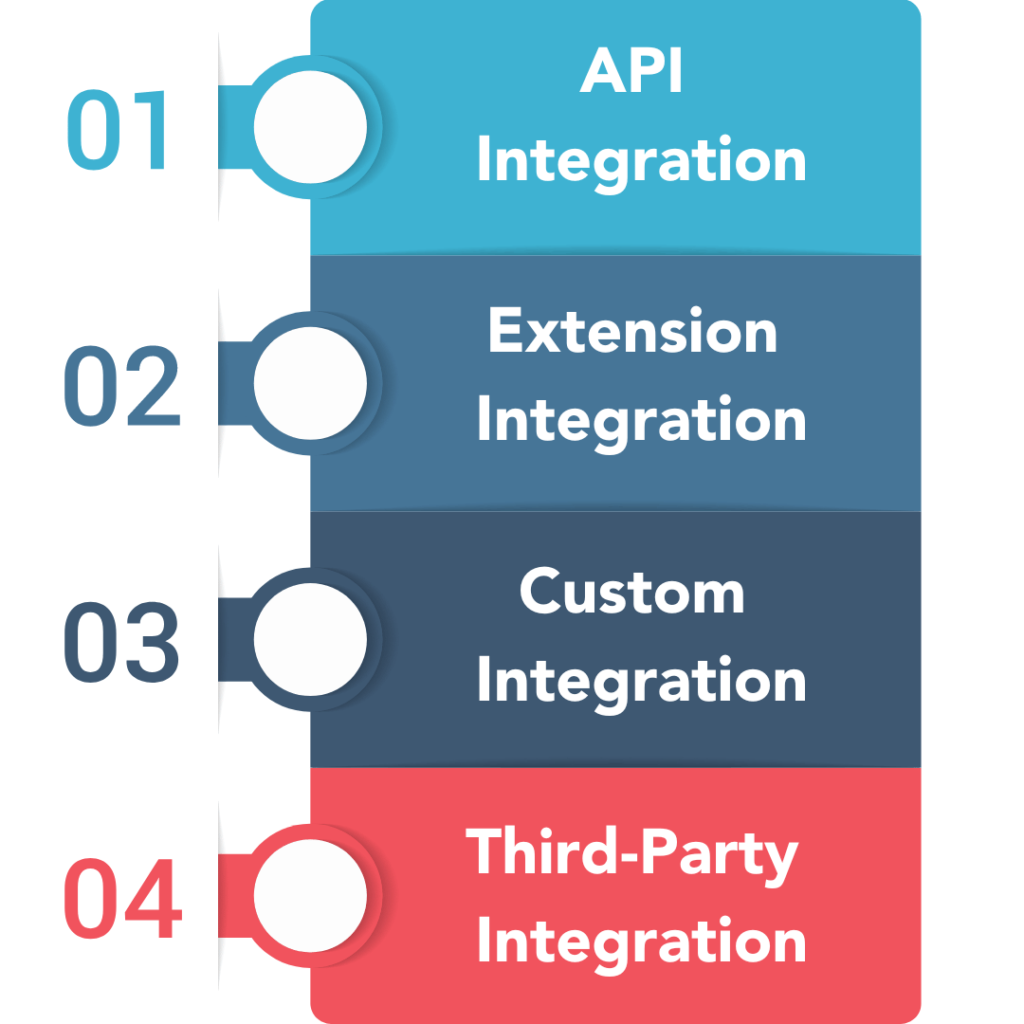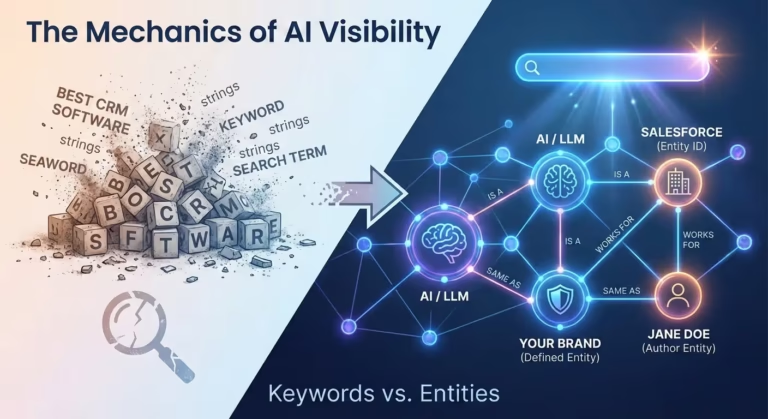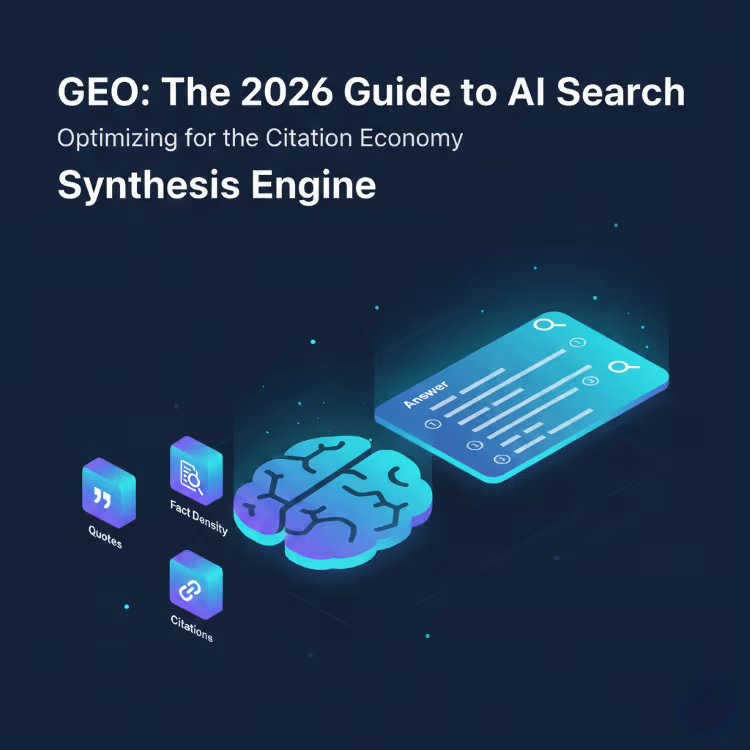Introduction
Magento Integration: Enhancing Your E-Commerce Experience
In today’s rapidly evolving e-commerce landscape, businesses strive to deliver seamless shopping experiences to their customers. Magento, a robust and feature-rich e-commerce platform, empowers businesses to build and manage their online stores effectively. However, to maximize its potential, integrating Magento with other platforms becomes crucial. In this article, we will explore the process of Magento integration and provide valuable insights to help you connect Magento with various systems and applications seamlessly. So, let’s dive in and explore the possibilities of Magento integration!
Understanding Magento Integration
Demystifying the Concept of Magento Integration
Magento integration refers to the process of connecting the Magento e-commerce platform with external systems, applications, or third-party services. This integration facilitates the smooth exchange of data, streamlines operations, and enhances the overall functionality of your online store. By integrating Magento with other platforms, you can automate various processes, such as inventory management, order fulfillment, customer relationship management (CRM), payment gateways, shipping carriers, and more. This integration empowers businesses to leverage the best features and functionalities from multiple systems, providing a seamless experience to customers while optimizing backend operations.
Benefits of Magento Integration
Unlocking the Advantages of Seamless Magento Integration
Integrating Magento with other platforms offers a plethora of benefits for e-commerce businesses. Let’s explore some of the key advantages:
1. Streamlined Operations:
Magento integration eliminates the need for manual data entry and ensures a synchronized flow of information across different systems. This streamlining enhances operational efficiency and reduces the chances of errors or discrepancies.
2. Enhanced Customer Experience:
By integrating Magento with CRM systems, businesses can gain a 360-degree view of customer data, enabling personalized marketing campaigns, targeted promotions, and tailored customer experiences.
3. Efficient Inventory Management:
Integration with inventory management systems enables real-time inventory updates, automated stock replenishment, and accurate order fulfillment. This prevents overselling or stockouts and helps maintain optimal inventory levels.
4. Seamless Payment Processing:
Integrating Magento with popular payment gateways enables secure and smooth payment transactions, ensuring a seamless checkout experience for customers and reducing cart abandonment rates.
Don’t let your platforms live in isolation. Contact us for Magento integration excellence!
5. Effortless Order Fulfillment:
Integration with shipping carriers and logistics partners enables automated order processing, shipment tracking, and timely delivery notifications, enhancing the overall order fulfillment process.
Magento Integration Options
Exploring Various Integration Methods for Magento
 When it comes to integrating Magento with other platforms, you have several options to choose from. Let’s explore some of the common methods:
When it comes to integrating Magento with other platforms, you have several options to choose from. Let’s explore some of the common methods:
1. API Integration:
Magento provides robust Application Programming Interfaces (APIs) that allow seamless communication and data exchange between Magento and external systems. API integration enables real-time synchronization and facilitates various operations, including product updates, inventory management, order processing, and customer data synchronization.
2. Extension Integration:
Magento offers a vast marketplace of extensions that extend the platform’s functionality. By integrating specific extensions, businesses can enhance their store’s capabilities, integrate with popular systems, and streamline processes without extensive coding or development efforts.
3. Custom Integration:
For businesses with unique requirements or complex workflows, custom integration solutions provide tailored connections between Magento and other platforms. Custom integration involves developing APIs, plugins, or middleware to establish seamless communication and data exchange.
4. Third-Party Integration Tools:
Several third-party integration tools and platforms specialize in connecting Magento with various systems. These tools offer pre-built connectors, workflows, and configurations, simplifying the integration process and reducing the development time and effort required.
Step-by-Step Guide to Magento Integration
Mastering the Process of Connecting Magento with Other Platforms
To ensure a successful Magento integration, follow these step-by-step instructions:
Step 1: Identify Integration Requirements:
Define the specific systems or applications you want to integrate with Magento. Analyze your business needs and identify the key functionalities you aim to achieve through integration.
Step 2: Research Integration Options:
Explore the available integration methods and solutions for Magento. Consider factors such as complexity, scalability, cost, and time to implement. Choose the option that aligns with your requirements and budget.
Step 3: Prepare for Integration:
Gather essential information and credentials required for integration. This includes API keys, access credentials, database details, and any specific configurations or settings needed for successful integration.
Step 4: Select Integration Tools:
Depending on the chosen integration method, select the appropriate tools or extensions. If opting for custom integration, engage with experienced developers or integration specialists to ensure a smooth process.
Step 5: Configure Integration Settings:
Configure the integration settings as per your business requirements. This includes mapping data fields, defining synchronization intervals, setting up automation rules, and establishing secure connections between systems.
Step 6: Test Integration:
Before going live, thoroughly test the integration to ensure seamless data exchange, functionality, and error handling. Validate all workflows and perform comprehensive testing across different scenarios.
Step 7: Go Live and Monitor:
Once testing is complete, activate the integration and closely monitor the data flow and system performance. Monitor for any anomalies, errors, or synchronization issues and promptly address them to maintain a seamless integration.
Frequently Asked Questions (FAQs)
Q1: Can I integrate Magento with my existing CRM system?
A1: Yes, Magento offers robust CRM integrations, allowing you to connect with popular CRM platforms like Salesforce, HubSpot, and Zoho.
Q2: Is it possible to integrate multiple payment gateways with Magento?
A2: Absolutely! Magento supports the integration of multiple payment gateways simultaneously, offering flexibility for customers during the checkout process.
Q3: Can I integrate Magento with third-party logistics providers for order fulfillment?
A3: Yes, Magento integration allows seamless integration with popular shipping carriers and logistics providers, ensuring efficient order fulfillment and shipment tracking.
Q4: Is custom integration expensive and time-consuming?
A4: Custom integration can vary in cost and time, depending on the complexity of your requirements. However, it provides the flexibility to tailor the integration to your specific needs.
Conclusion
Empower Your E-Commerce Store with Magento Integration
Magento integration opens up a world of possibilities for your e-commerce business, enabling seamless connectivity with external systems, applications, and services. By connecting Magento with other platforms, you can streamline operations, enhance customer experiences, and optimize backend processes. Whether you choose API integration, extension integration, or custom solutions, careful planning, research, and testing are vital for a successful integration. So, embrace the power of Magento integration and unlock the full potential of your e-commerce store!
Want to know How to Integrate Magento with Your Inventory Management System read this awesome article


